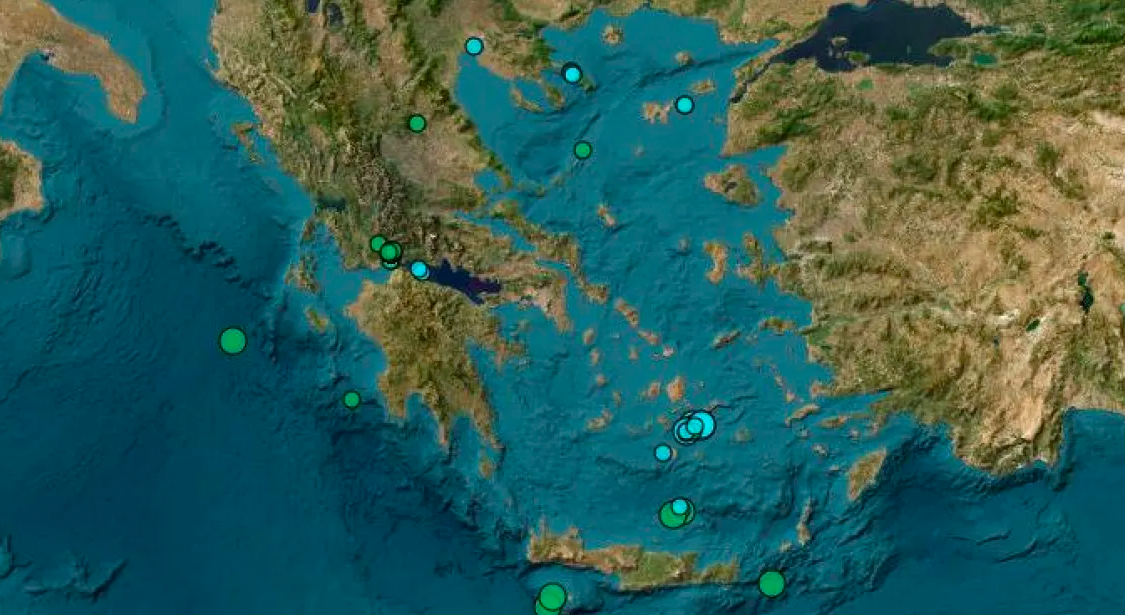He explained, speaking to Star TV, that “an earthquake like the one in Myanmar can’t happen everywhere. For a quake of such magnitude to occur, it needs to be in a zone capable of hosting it, with a fault line spanning hundreds of kilometers.”
Asked if such zones exist in Greece, Papazachos identified three:
- Primarily the external Greek arc, which starts from Cephalonia, continues south of the Peloponnese, and runs along the southern coast of Crete.
- The North Aegean trench, which, towards Istanbul and the Anatolian fault, has significant lengths.
- Finally, there is a marginal zone passing through Amorgos.
“However, we have no experience with such earthquakes,” continued Papazachos. “In the 7.5-magnitude earthquake in 1956 in Amorgos, we didn’t have the same level of destruction as in Myanmar. The sea, the distance from the coast, and the absence of high-rise buildings, which are more sensitive, protected us.”
The geophysics professor further added, “Earthquakes like the one in Myanmar cause slow oscillations that affect tall buildings. When a quake of magnitude 8.2 struck southern Greece in 365 AD, there were no apartment buildings or high structures.”
Ask me anything
Explore related questions





